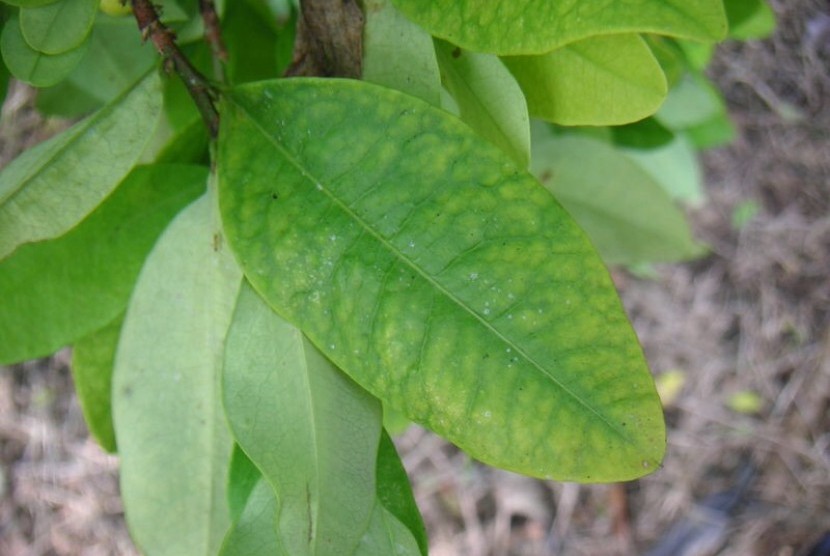REPUBLIKA.CO.ID, LIMA -- Peru's anti-narcotics agency Devida said it is now ready to destroy coca plants in a lawless jungle region where most cocaine in the Andean country is produced, urging the incoming government to take action.
Peru reduced the area for growing coca, a key ingredient in cocaine, by 6.1 percent to 40,300 hectares (99,583 acres) in 2015, the fourth straight year of cuts as planting surged in neighboring Colombia, according to a report by the UN Office on Drugs and Crimes published on Wednesday.
However, the pace of reducing the crop's coverage in Peru slowed from previous years as the government held off on mandatory eradication in a remote Amazonian region known as the VRAEM, home to remnant band of Shining Path rebels.
"Today I can say that the conditions are now entirely there for a drastic reduction in the coverage of coca in the VRAEM," Devida chief Alberto Otarola said in a news conference. "No part of Peru should be exempt form the rule of law."
Otarola estimated that 78 percent of cocaine produced in Peru comes from the VRAEM, an area about the size of Puerto Rico.
The government of outgoing President Ollanta Humala, whose term ends July 28, planned to forcibly destroy coca fields in the VRAEM for the first time in 2014. But it backpedaled on worries about clashes with coca farmers backed by the Shining Path.
Peru relies on manual eradication of the plant on the ground, rather than aerial spraying, making it dangerous for workers tasked with destroying the crops when farmers resist.
Earlier this year Peru passed a law allowing the military to shoot down planes suspected of carrying drugs, a blow to traffickers who now struggle to find alternate smuggling routes, said Otarola.
The resulting glut of coca leaf has cut its price in Peru to $26 per arroba, a unit of measurement equal to 11-12 kilos, said Otarola.
"Coca leaf is not good business anymore, because traffickers can no longer fly without consequences," Otarola said. Humala's government has overseen a 36 percent drop in the planting of coca since 2011, said Otarola.
As a candidate, President-elect Pedro Pablo Kuczynski promised to stamp out the Shining Path in the VRAEM and nearly halve coca planting to 25,000 hectares by the end of his term in 2021 compared with last year's level.
He proposed bringing sorely needed infrastructure to the region and giving coca farmers credit and technical assistance to switch to other crops.


